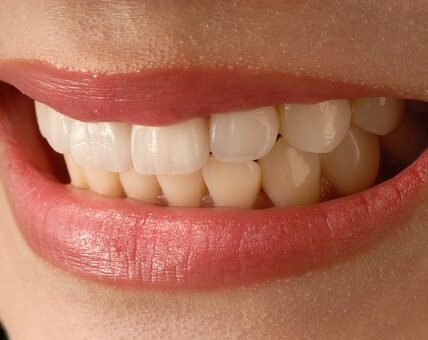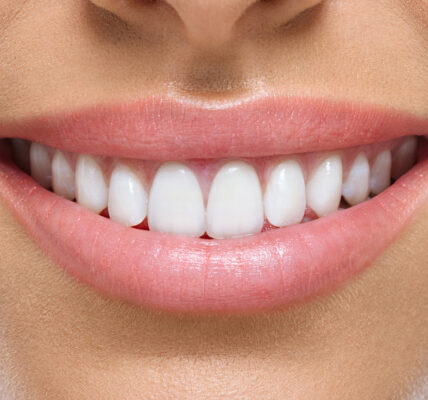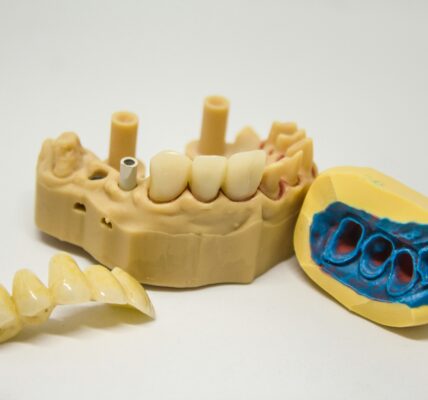Teeth whitening is a widely sought-after cosmetic dental procedure that aims to brighten and enhance the appearance of teeth by removing stains and discoloration. While many people are familiar with the concept of teeth whitening, the science behind how it works may be less understood. In this article, we will delve into the scientific principles and mechanisms behind teeth whitening to provide a comprehensive understanding of this popular dental treatment.
Understanding Tooth Discoloration:
Before exploring the science of teeth whitening, it’s essential to understand why teeth become discolored in the first place. The outer layer of teeth, known as enamel, is composed of tightly packed mineral crystals that give teeth their white appearance. However, over time, various factors can cause stains and discoloration to develop on the enamel surface. These factors include:
- Extrinsic Stains: External factors such as consumption of pigmented foods and beverages (e.g., coffee, tea, red wine), tobacco use, and poor oral hygiene habits can lead to extrinsic staining, where pigmented molecules adhere to the enamel surface.
- Intrinsic Stains: Internal factors such as aging, certain medications, trauma, or excessive fluoride exposure during tooth development can cause intrinsic staining, which originates from within the tooth structure.
The Science Behind Teeth Whitening:
Teeth whitening treatments work by targeting and breaking down the molecules responsible for stains and discoloration on the enamel surface. There are two primary methods of teeth whitening: chemical and physical.
- Chemical Whitening: Chemical whitening agents, such as hydrogen peroxide or carbamide peroxide, are the active ingredients in most teeth whitening products. These agents work by penetrating the enamel and oxidizing the chromogenic (color-causing) molecules that contribute to discoloration. The oxygen molecules released during the oxidation process react with the pigmented compounds, breaking them down into smaller, less visible particles.
- Physical Abrasion: Some teeth whitening products, such as whitening toothpaste or polishing treatments, utilize physical abrasion to remove surface stains. These products contain abrasive particles or compounds that gently scrub away extrinsic stains without altering the underlying tooth structure. However, physical abrasion alone may not be sufficient to address deep-seated or intrinsic stains.
Activation Methods:
In addition to whitening agents, certain activation methods can enhance the effectiveness of teeth whitening treatments by accelerating the oxidation process. These activation methods include:
- Light Activation: Some professional teeth whitening treatments incorporate light sources, such as LED or halogen lights, to activate the whitening gel and expedite the oxidation reaction. The light energy helps to stimulate the breakdown of stains and intensify the whitening process, resulting in faster and more dramatic results.
- Heat Activation: Heat can also accelerate the whitening process by increasing the rate of chemical reactions. Some whitening treatments use heat-generating devices or heated whitening gels to enhance the penetration of whitening agents into the enamel and facilitate the release of oxygen molecules.
Safety Considerations:
While teeth whitening treatments are generally safe when performed under the supervision of a qualified dental professional, there are some important considerations to keep in mind:
- Potential Sensitivity: Teeth whitening may cause temporary tooth sensitivity or gum irritation, particularly in individuals with sensitive teeth or gums. Dentists can mitigate these effects by using desensitizing agents or adjusting the concentration of whitening agents.
- Enamel Protection: It’s essential to protect the enamel during the whitening process to prevent damage or erosion. Dental professionals use protective barriers or coatings to shield the gums and soft tissues from the whitening agent and minimize the risk of overexposure.
Conclusion:
Teeth whitening is a scientifically backed dental procedure that effectively removes stains and discoloration from teeth, resulting in a brighter and more radiant smile. By understanding the mechanisms of teeth whitening, individuals can make informed decisions about their oral health and choose the most suitable whitening option for their needs. Whether through chemical oxidation or physical abrasion, teeth whitening treatments offer a safe and effective solution for achieving a confident and luminous smile.
Achieve a dazzling smile with our professional services of teeth whitening in The Colony. Using advanced techniques and premium whitening agents, we brighten your teeth safely and effectively. Experience the confidence of a radiant smile with our personalized treatments. Schedule your appointment today for a whiter, more vibrant smile!
D Dental




